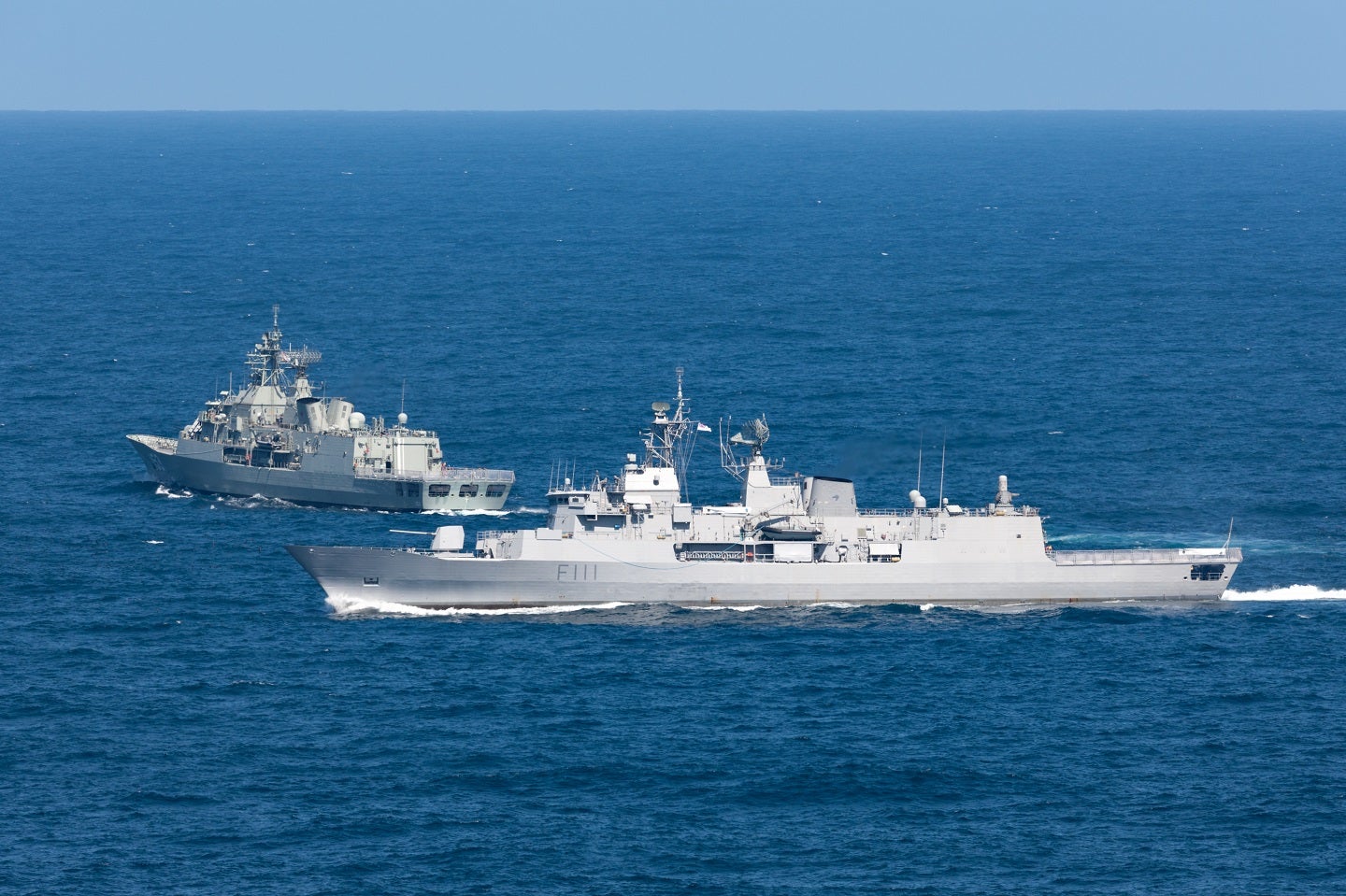
New Zealand celebrates an advancement in maritime defence as the Sea Ceptor Local Area Air Defence System on HMNZS Te Mana frigate successfully undergoes operational testing off the coast of Australia.
The conclusive tests mark the completion of the Anzac frigate Systems upgrade project, propelling both HMNZS Te Mana and HMNZS Te Kaha into a ‘defend others’ capability, expanding their role beyond self-defence.
The eastern Australian exercise area witnessed the culmination of the Anzac frigate systems upgrade project.
The Royal New Zealand Navy’s Anzac-class frigates, Te Kaha and Te Mana, recently underwent a communications upgrade with the implementation of a modern system by UK contractor Systems Engineering and Assessments. As part of this $32.9m (NZ$67.4m) project, SEA subcontracted RF Products Inc. to provide a VHF/UHF multi-mode, multi-band RF distribution system.
Jon Finderup, director of maritime domain at the New Zealand Ministry of Defence, highlighted the success of the tests, “The success of the two missile firings this week is a major milestone for the project.
It means both HMNZS Te Mana and HMNZS Te Kaha will achieve full capability release, and the frigates move from a solely ‘defend self’ position to a ‘defend others’ capability, which allows for the localised missile defence of other platforms the frigates are operating with.”
The tests involved the identification, evaluation, tracking, and destruction of an incoming target simulating a missile—a two-meter-long aerial drone.
GlobalData’s “New Zealand Defense Market 2022-2027” report states that the Sea Ceptor air defence system will replace the older RIM7P Seasparrow missile system.
MBDA, the defence contractor behind the Sea Ceptor air defence system, in 2013 were awarded a £483m contract by the UK MoD to provide Sea Ceptor for the Royal Navy’s Duke-class Type 23 vessels and future Type 26 global combat ships.
MBDA’s success extended globally, with contracts awarded for Sea Ceptor on the Royal Canadian Navy’s Canadian Surface Combatant, the Royal Navy’s Type 31 frigates, and the Brazilian Navy’s Tamandaré-class frigates. Recently, MBDA secured a contract to integrate Sea Ceptor into the UK Royal Navy’s Type 45 destroyers, reaffirming the system’s significance in advancing naval defences against evolving air threats.







